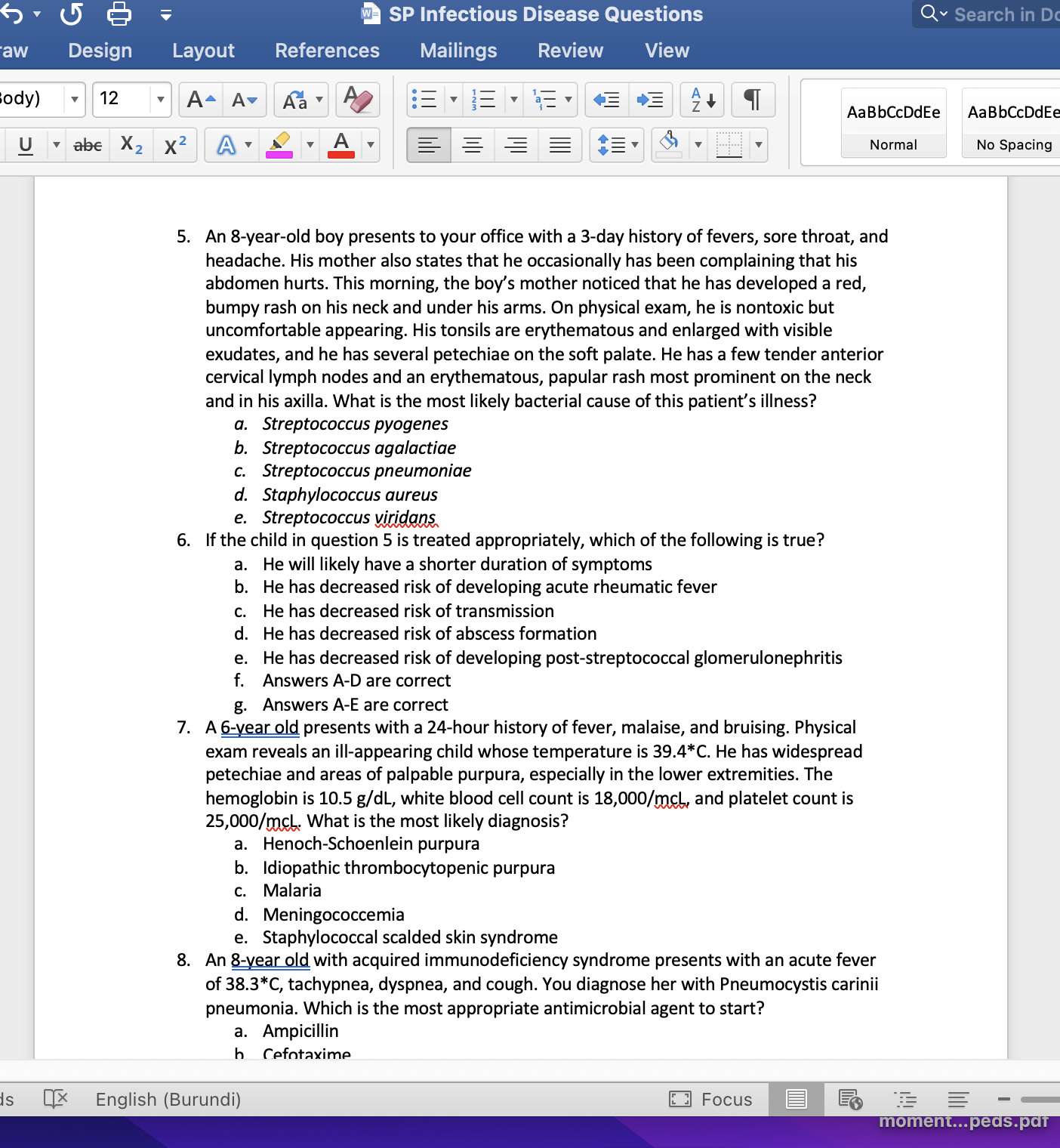(By Caleb)
It seems like it has been a minute since I've posted anything regarding current construction efforts at Kibuye. In addition to one larger construction project we are doing a lot in the way of shoring up the basic infrastructure of power, water, and internet. So here is what's happening in my world:
Student Center
Typically medical students at Hope Africa University spend their first three years in Bujumbura in the classroom. They then move up to Kibuye for their next three years doing their clinical rotations in addition to taking various courses taught by Serge faculty and others. Many of these students come from Bujumbura and find that life can be a bit slow up here in our rural setting.
A few years ago, Matt Lembelembe (an eMi architect) was here filling in for me while my family was on home assignment. He was asked to design a student center that would house three main functions: a cafeteria, a library, and a place to relax and hangout. Matt came up with a wonderful design and thanks to funding from AMH we are a few short weeks away from completing the construction. I have no doubt that the students will really enjoy this space for years to come.
 |
The library will be on the first level and an upper terrace will allow the students to take in the beautiful view of the Burundian countryside.
|
 |
| The building has 3 levels. On the right will be the hangout area with couches, pingpong, foosball, and other necessities. The middle section will be where food will be served. And to the left will be the library and upper terrace. |
 |
| The middle section where the students will be served daily meals. |
 |
| Matt incorporated some interesting architectural features like the way the roof is hidden behind a parapet and the fun stone work at the ends of the building. |
Increasing Solar Power
As our facility has grown, so has our power demand. With large donations from IMF, AMH, and Southwest Medical Clinic we are currently in the middle of a large power supply upgrade project. Once again our friends at ITEC have graciously agreed to help us with the design and implementation. Our solar field will more than double from 122kW to 284kW. We will also upgrade our batteries from outdated lead-acid to the new Lithium Iron Phosphate technology. It has been a logistical mind-bender as the pieces to this upgrade have had to come from all corners of the globe: panels and accessories from Pennsylvania, inverters from South Africa, and batteries from China.
In preparation for the ITEC installation team coming in January of 2023, we have been busy with preparing the solar field. 15 of our strongest men literally moved a mountain to create the exact 10 degree slope to the north and the space to install these panels. We are now building the structure which will support the new panels for decades to come.
 |
| Our masons getting the alignment of one of the support legs just right. |
 |
| The future site of the expanded solar field. |
 |
| A view from across the valley of the new solar site as well as the new pediatric building and maintenance area. |
Water Expansion
Similarly, as the hospital facility has expanded our water demand has increased significantly. We are currently in a the midst of a project to increase both the quantity and the quality of our water supply. Land has been leveled and prepared for some large storage reservoirs which we will begin constructing this month. We have installed hundreds of meters of new pipe to upgrade our water distribution and will also install a new ultraviolet disinfection system.
 |
| The site of the new water reservoirs leveled and cleared and ready for construction. |
Network Expansion
In addition to being an amazing surgeon, Michael Harling also has a keen self-taught understanding of networking. He, along with the hospital's two IT technicians, has taken on the project of expanding a stable network across the hospital campus. This has involved a lot of hot and dirty work like climbing through small attic spaces. As one can imagine, these efforts will be greatly appreciated by our medical and nursing students as so many essential resources for education and research are available online.
 |
| Micheal and his eager assistants. |
















